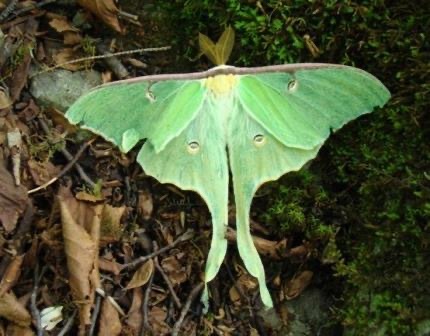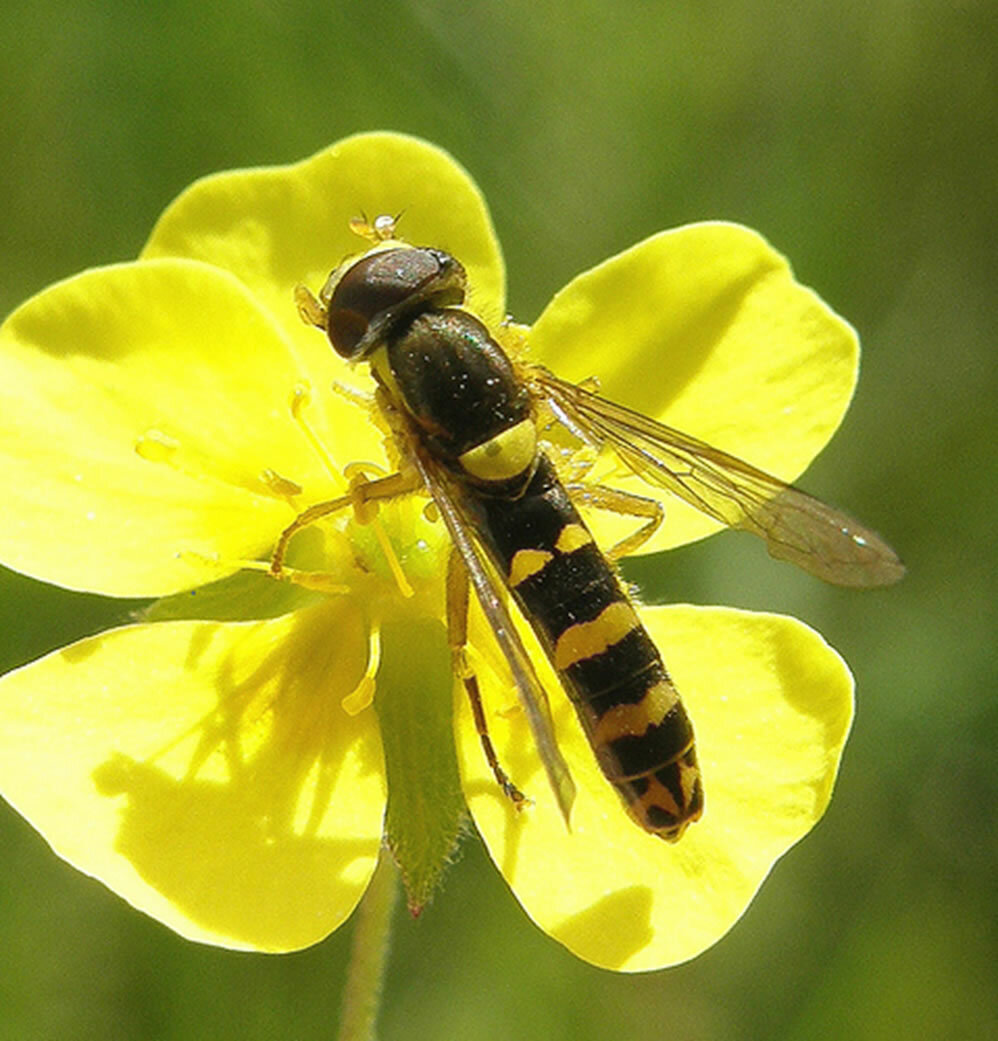The days grow longer in sunlight, and spring returns to Landis. We already witnessed our Chinese witch hazel (Hamamells mollis) bloom on February 10th, the earliest yet. We await the spring flowering bulbs which will soon carpet the Van Loveland perennial beds, followed by the lovely flowering trees. And our thoughts turn to gardens.

Although these signs of spring may inspire the gardener to rake the leaf litter and clean up last year’s plant debris, it is best to wait until daytime temperatures are consistently 50 degrees F and above. Many beneficial insects, including several bees, moths (such as the Luna moth) and butterflies (such as swallowtails), overwinter in dead plant material. By removing the plant debris before they emerge, you risk destroying them.
These insects offer an array of benefits, including breaking down organic matter and pollinating. They can also be predators of problem insects such as aphids. We often think of the butterfly species as the main beneficial we want to see, but there are several other less showy insects that frequent our gardens. These include Syrphid flies and beetles.

Syrphid flies, “bee look-a-likes” (also referred to as flower flies) are seen in the garden through the summer months. In the larval stage, one insect can devour hundreds of aphids. Larvae also feast on mealy bug, thrips, and the occasional small caterpillar. Adult Syrphid flies serve as major pollinators, enjoying the nectar and pollen of wild carrot or Queen Anne’s lace, wild mustard, sweet alyssum, coriander, dill, and other small-flowered herbs.

Tiger, soldier, and ground beetles are also useful insects to have in the garden. They hide under rocks, leaves, and debris during the day and come out at night to eat. They especially love to devour slugs and snails, a major pest in both vegetable and flower gardens. Also on their menu is the non-native spongy moth, which can devastate the foliage of many tree species.
There are several other helpful insects that thrive in our region: lacewings, wasps, bees, ladybugs – and spiders too! To attract all of these critters to your garden and to keep them content and busy, a native plant habitat is required to provide pollen, nectar, and a “home environment.” Beneficial insects need water, places to lay eggs, and shelter from the elements. Some also need a place to hibernate and overwinter.
So resist that temptation to tidy things up in the garden this spring. Learn to appreciate the hidden insect life that will benefit your garden.
